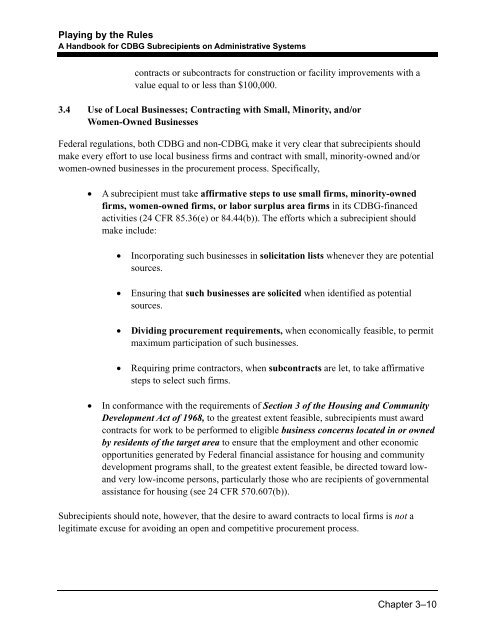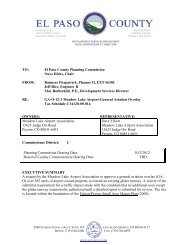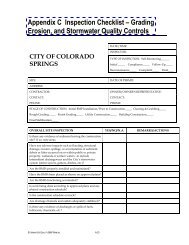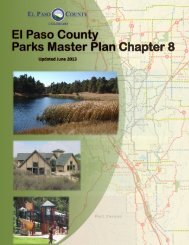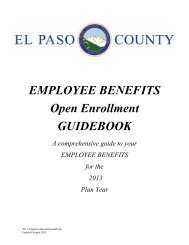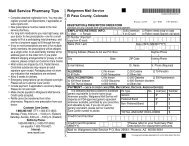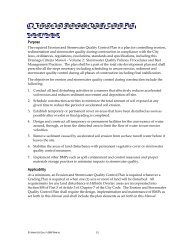Playing by the Rules: A Handbook for CDBG ... - City of El Cajon
Playing by the Rules: A Handbook for CDBG ... - City of El Cajon
Playing by the Rules: A Handbook for CDBG ... - City of El Cajon
You also want an ePaper? Increase the reach of your titles
YUMPU automatically turns print PDFs into web optimized ePapers that Google loves.
<strong>Playing</strong> <strong>by</strong> <strong>the</strong> <strong>Rules</strong><br />
A <strong>Handbook</strong> <strong>for</strong> <strong>CDBG</strong> Subrecipients on Administrative Systems<br />
contracts or subcontracts <strong>for</strong> construction or facility improvements with a<br />
value equal to or less than $100,000.<br />
3.4 Use <strong>of</strong> Local Businesses; Contracting with Small, Minority, and/or<br />
Women-Owned Businesses<br />
Federal regulations, both <strong>CDBG</strong> and non-<strong>CDBG</strong>, make it very clear that subrecipients should<br />
make every ef<strong>for</strong>t to use local business firms and contract with small, minority-owned and/or<br />
women-owned businesses in <strong>the</strong> procurement process. Specifically,<br />
• A subrecipient must take affirmative steps to use small firms, minority-owned<br />
firms, women-owned firms, or labor surplus area firms in its <strong>CDBG</strong>-financed<br />
activities (24 CFR 85.36(e) or 84.44(b)). The ef<strong>for</strong>ts which a subrecipient should<br />
make include:<br />
• Incorporating such businesses in solicitation lists whenever <strong>the</strong>y are potential<br />
sources.<br />
• Ensuring that such businesses are solicited when identified as potential<br />
sources.<br />
• Dividing procurement requirements, when economically feasible, to permit<br />
maximum participation <strong>of</strong> such businesses.<br />
• Requiring prime contractors, when subcontracts are let, to take affirmative<br />
steps to select such firms.<br />
• In con<strong>for</strong>mance with <strong>the</strong> requirements <strong>of</strong> Section 3 <strong>of</strong> <strong>the</strong> Housing and Community<br />
Development Act <strong>of</strong> 1968, to <strong>the</strong> greatest extent feasible, subrecipients must award<br />
contracts <strong>for</strong> work to be per<strong>for</strong>med to eligible business concerns located in or owned<br />
<strong>by</strong> residents <strong>of</strong> <strong>the</strong> target area to ensure that <strong>the</strong> employment and o<strong>the</strong>r economic<br />
opportunities generated <strong>by</strong> Federal financial assistance <strong>for</strong> housing and community<br />
development programs shall, to <strong>the</strong> greatest extent feasible, be directed toward lowand<br />
very low-income persons, particularly those who are recipients <strong>of</strong> governmental<br />
assistance <strong>for</strong> housing (see 24 CFR 570.607(b)).<br />
Subrecipients should note, however, that <strong>the</strong> desire to award contracts to local firms is not a<br />
legitimate excuse <strong>for</strong> avoiding an open and competitive procurement process.<br />
Chapter 3–10


